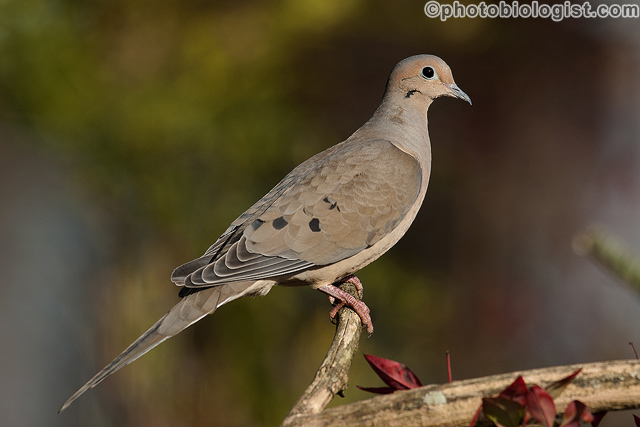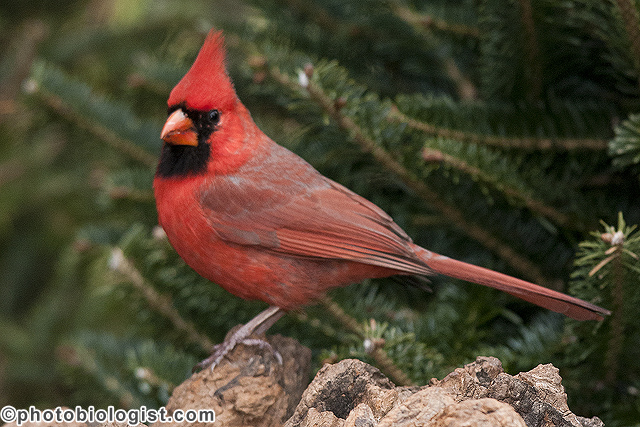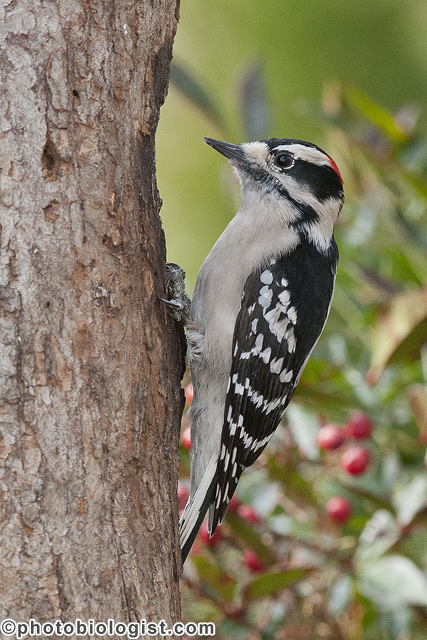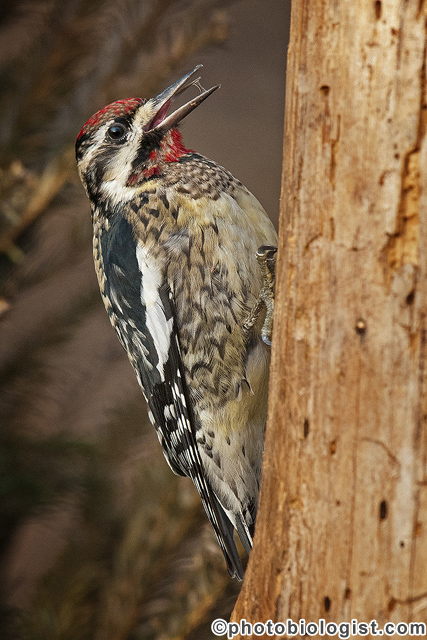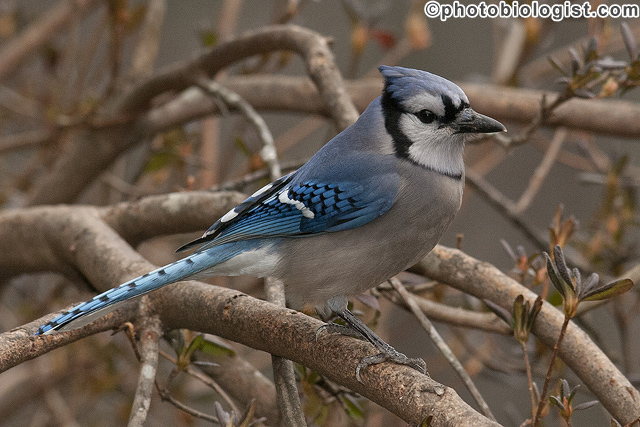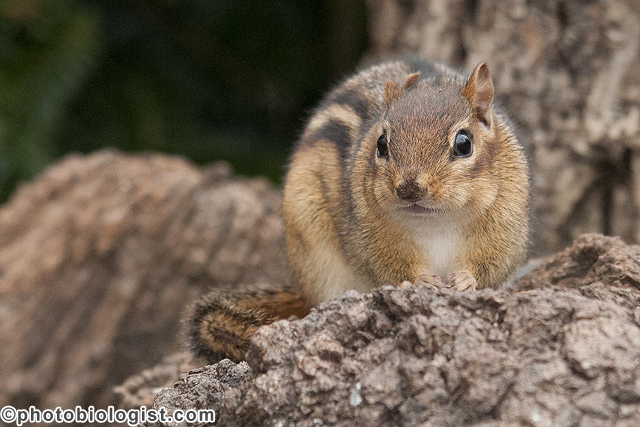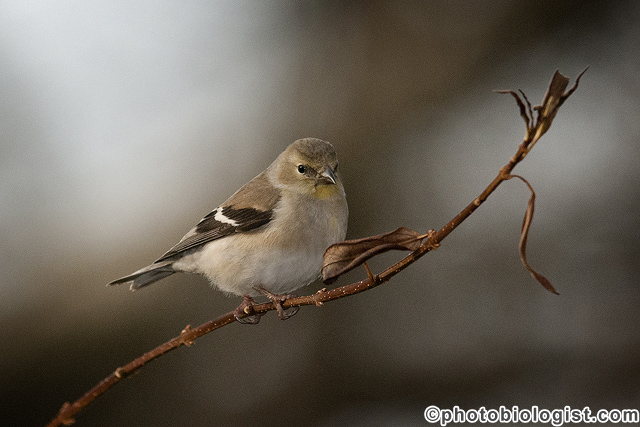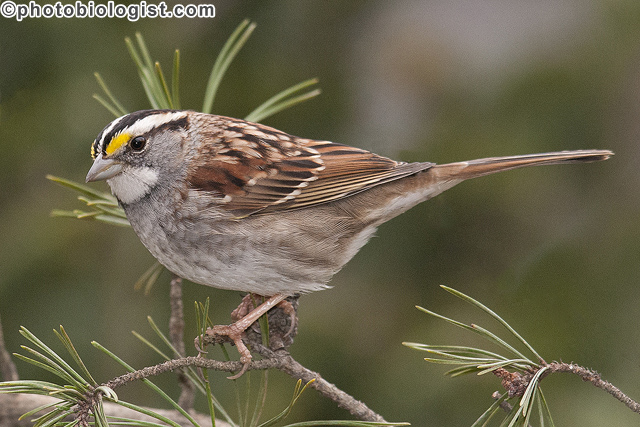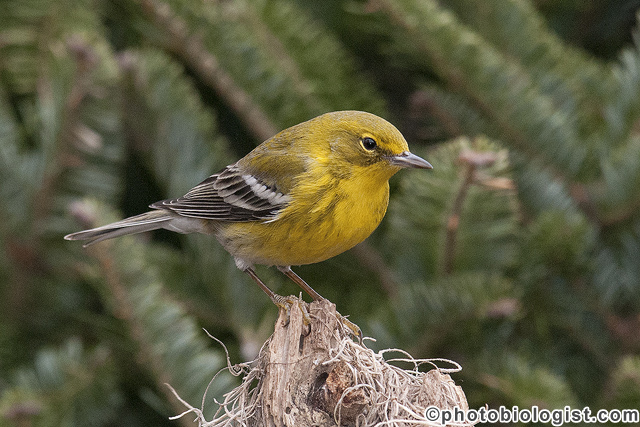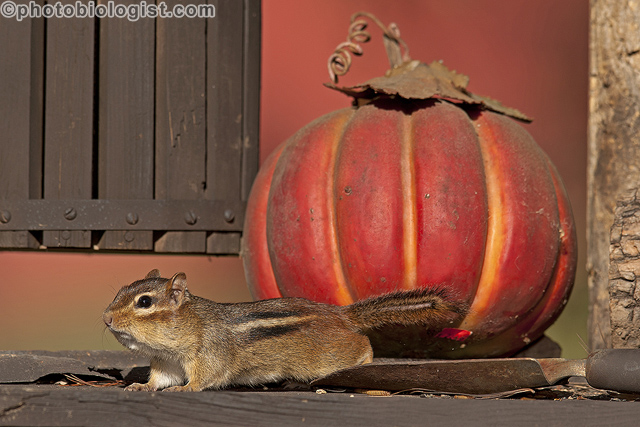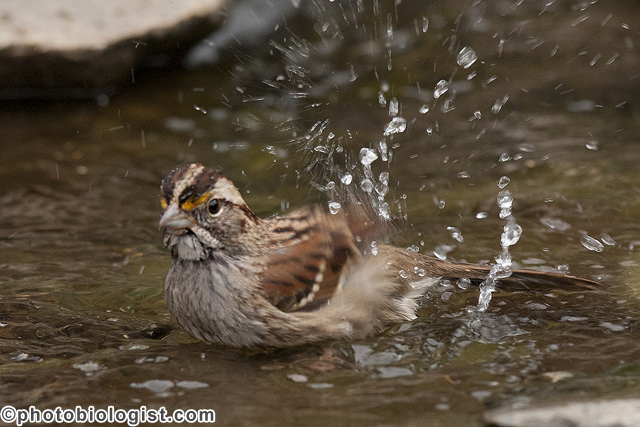After a 3-year hiatus, I managed to go back to Gary Carter’s in McLeansville, NC earlier this February to photograph wintering birds of the eastern deciduous forest and yard. As you can quickly find out from a web search and reading the articles about and watching the television shows filmed from Gary’s blind, it is a fantastic location to photograph birds. Gary hosts bird photography opportunities (http://garycarterphotos.com/main.php) ¬mainly in the spring where you have a chance to catch birds in their breeding splendor and also pick up some of the migrant warblers as they pass through. In the winter, there are chances for resident and wintering birds. So a visit in February and a visit in April will result in almost totally different birds!
Gary’s blind comfortably holds 6 photographers, and we had a great group of photographers to shoot with on this trip: Mark Hoyle (http://www.markhoylephotography.com/), Elizabeth Gray (http://photographybyelizabethgray.com/), Ceasar Sharper (http://cdsharper.zenfolio.com/), Larry Basden (https://www.flickr.com/photos/30717042@N04/), and myself. Gary kept a steady supply of foods available to both the birds and photographers.
For this winter visit, I really wanted another chance to photograph a male yellow-bellied sapsucker (which I did) and hoped that a brown creeper would cooperate (he had been there a couple of weeks before, but did not show up for us). A week or so before we arrived, the area got hit with some snow. A week or so after we left, the area got hit with another snow. While we were, there the weather was cool, but pleasant with mostly cloudy conditions – great weather to sit in a blind and photograph birds, even if we couldn’t photograph birds in the snow.
The birds were out in force! We sat in the blind for a day and a half and had 29 species of birds flit into shooting range. Some of the birds were real hams, like the dark-eyed juncos and chipping sparrows. Others were more reticent, like the red-bellied woodpeckers and fox sparrows. The blue jays were surprisingly cooperative this trip.
We had other birds, including a couple of hawk species, turkey vultures and many tantalizing overpasses of flocks of cedar waxwings that flew within sight of the blind, but were not photographable.
We also had gray squirrels and chipmunks come and pose for us from time to time.
The sheer diversity of shots that a bird photographer can take at Gary’s without leaving a small blind is amazing. You can capture shots that look almost like a meadow.
You can capture shots that look like a forest.
You can capture the “Birds & Blooms”-type shots.
You can capture drinking & bathing shots.
And the scenery will change a little throughout a single visit as Gary’s exterior decorating skills are put into play to change small details to create yet another kind of image that can be created.
I cannot wait for another chance to visit Gary’s bird blind and spend some quality time learning from and sharing with other photographers.
